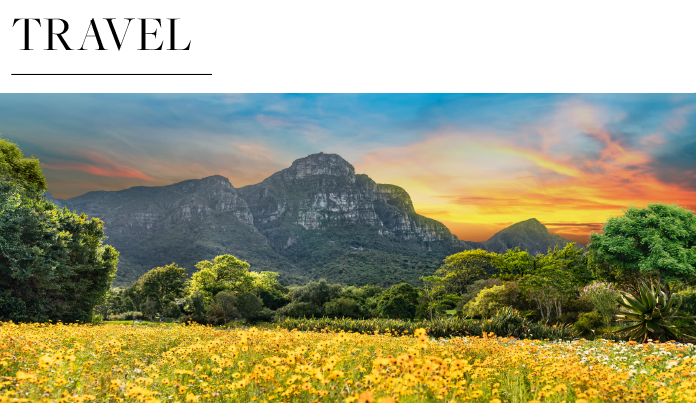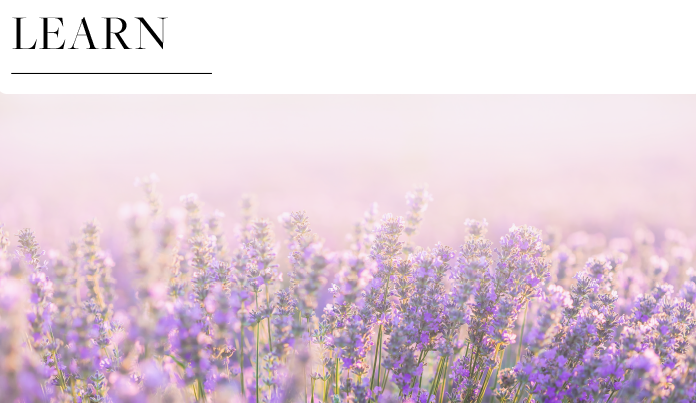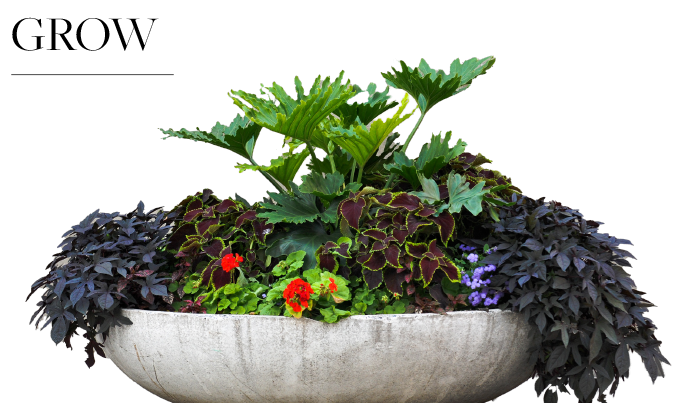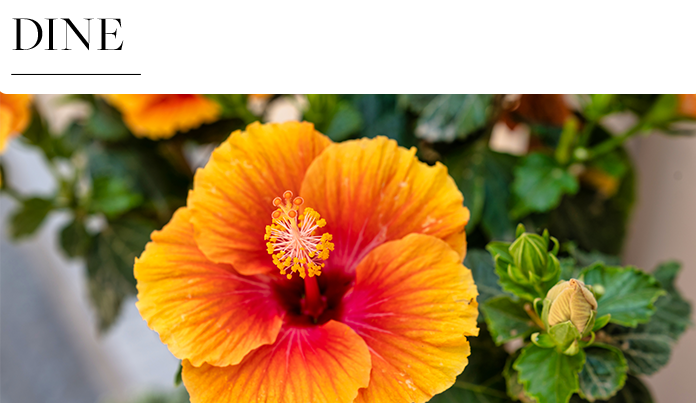In Bloom
This month Talk of the Town is celebrating all kinds of florals. From global gardens to city-friendly gardening tips, we’re embracing the season’s natural beauty. Plus, we’ll explore the science of floral scents and flowers that are good to eat.
Just like a thriving garden, finding the perfect home takes the right conditions and expert care. With market insights and guidance, I’ll help you put down roots in the ideal spot!

From Cantigny Park in Wheaton to the Chicago Botanic Garden, there are plenty of local places to enjoy colorful blooms. But when wanderlust strikes, here are some global gardens to add to your bucket list.
Kenrokuen, Japan: Hailed as one of the three finest gardens in Japan, Kenrokuen heralds spring with cherry blossoms, azaleas, and irises. But this centuries-old garden is best known for the six sublime qualities that define the perfect garden—from abundant waterways and scenic vistas to artifice and seclusion. In fact, Kenrokuen means “a garden that combines six characteristics.”
Kirstenbosch, South Africa: Dramatically situated on the eastern slopes of Table Mountain, this botanical garden showcases the country’s native flora including 2,500 species found on the Cape Peninsula. Learn about the region’s unique Fynbos ecosystem and take in spectacular vistas from the Boomslang, a unique treetop canopy walkway.
Butchart Gardens, Canada: This 55-acre display garden is located 12 miles from the charming city of Victoria on Vancouver Island. Starting in 1912, Jennie Butchart transformed an old limestone quarry into today’s Sunken Garden. Over the next three decades, additional landscaping projects created the Japanese, Italian, and Rose Gardens.
Monet’s Gardens in Giverny, France: In 1883, world-famous Impressionist painter Claude Monet settled here with his wife and children, just 50 miles from Paris. Already a famous artist, he would spend more than four decades here—painting iconic works including many inspired by the garden’s flowerbeds, waterlily pond, and wisteria-draped Japanese Bridge.

While floral scents bring us olfactory pleasure, flowers use their scent as a sophisticated tool for survival. The secret lies in volatile organic compounds (VOCs), tiny molecules released by flowers, mainly their petals, to attract pollinators. Each flower species produces a unique blend of these compounds, creating its signature fragrance.
The composition of these scents is finely tuned to appeal to the olfactory preferences of their intended pollinators. For instance, flowers pollinated by bees often emit sweet, pleasant fragrances, while those relying on beetles might produce musky or spicy odors.
The timing of scent emission is as strategic as the scent itself. Day-blooming flowers like roses and lavender release their strongest fragrances in the morning and afternoon when bees and butterflies are most active. Night-blooming flowers like jasmine and evening primrose save their most intense scents for dusk and nighttime, luring moths and nocturnal pollinators with their sweet, heady aromas.
These VOCs also serve as a defense mechanism. Geraniums, for example, release a chemical that can temporarily paralyze the Japanese beetle while it’s feeding, providing an opportunity for predators. The chrysanthemum produces a compound which acts as an insect neurotoxin. Indeed, some commercial insecticides are synthetic versions of these natural chrysanthemum chemicals.

No yard? No problem! Whether you have a cozy balcony in the city, a condo rooftop, or a sprawling suburban patio, container gardening brings a burst of color right to your doorstep. The secret to a stunning flower display? Try the Thrill, Fill, & Spill method!
Thrill: Start with a tall, eye-catching plant in the center of your container for height and drama. Ideal for our Midwestern climate, try Dracaena Spike, Purple Fountain Grass, or the bold blooms of Canna Lilies.
Fill: Next, pack in medium-height plants to add lushness and color all around the outside of the container. Great choices include Geraniums, Impatiens, or Begonias, all of which thrive in Chicago’s variable climate.
Spill: Finish with trailing plants that cascade over the edges for a soft, overflowing look. Consider Sweet Potato Vine, Lobelia, or Creeping Jenny.
To keep your container garden thriving, choose a large pot with good drainage, use high-quality potting mix, and water consistently—especially during hot summer days. A little slow-release fertilizer will keep those blooms going strong!
Whether brightening up a high-rise balcony or a suburban patio, a well-planned container garden is the perfect way to grow beauty anywhere!

Give your spring salad a vibrant twist with edible flowers that add color, flavor, and a touch of elegance.
Hibiscus: Tangy and slightly tart, hibiscus petals bring a citrusy, cranberry-like zing to salads. They pair well with fresh greens and fruits for a refreshing bite.
Pansies: These delicate blooms offer a mild, slightly grassy flavor with hints of wintergreen. Their bright petals create a visually stunning salad topper.
Nasturtiums: Peppery and bold, nasturtiums bring a burst of flavor reminiscent of arugula and radish, making them perfect for adding zest to your meal.
Of course, you’ll want to be sure that your edible flowers are organic and pesticide free!



